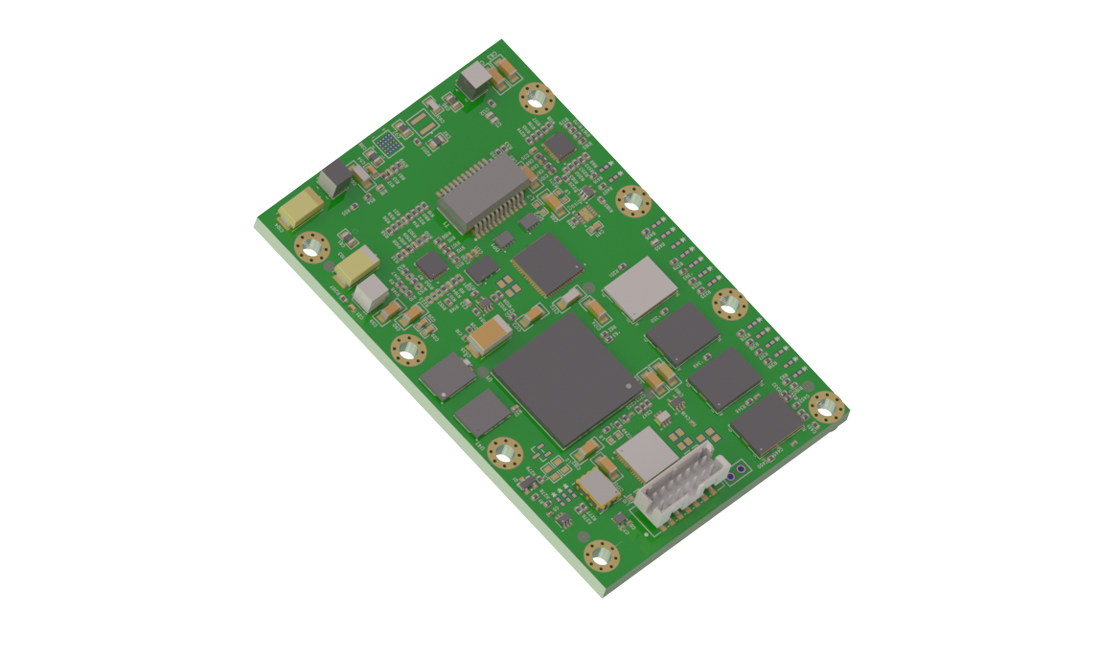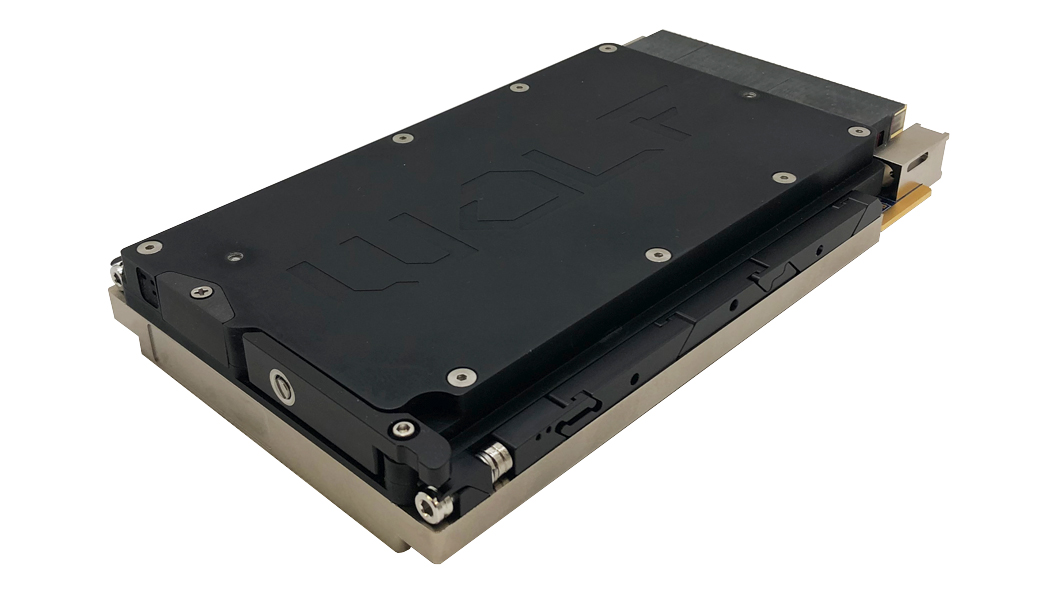CHELMSFORD, Mass. February 8, 2012 Mercury Computer Systems, Inc. (NASDAQ: MRCY, www.mc.com), a trusted provider of commercially developed application-ready ISR and EW subsystems for defense prime contractors, announced the Ensemble® Series 6U OpenVPX™ HCD6210 rugged compute blade based on the Freescale® T4240 QorIQ™ AMP Power Architecture®. Utilizing two of the new Freescale T4240 QorIQ AMP processors, the HCD6210 blade has a total of 24 cores/48 threads, each core with an AltiVec® single instruction, multiple data (SIMD) engine for high-performance signal processing support. Systems based on the HCD6210 can scale from 1 to 16 boards, enabling new levels of subsystem performance in radar, EO/IR and EW applications.
For the past decade, Mercury has delivered Power Architecture/AltiVec-based products combined with the industry’s highest performing scientific algorithm libraries (SAL) for applications such as medical imaging, seismic analysis, airborne radar and defense applications. Because the HCD6210 runs SAL-based software unchanged, a significant amount of the customer’s software investment is preserved. Additionally, with a sixfold increase in the number of cores per device, what previously required 4–6 boards now requires only a single 6U OpenVPX slot. With advancements in chip manufacturing technologies, this level of performance can now be delivered in a low-power, industrial-grade processor for applications in harsh, size, weight and power-constrained (SWaP) environments.
“With the enormous budget pressures in the defense industry, more and more prime contractors are looking to upgrade existing systems with minimal change and cost. The HCD6210 compute blade provides a sixfold increase in processing capability while maintaining software library compatibility,” said Steve Patterson, Vice President of Product Management at Mercury Computer Systems. “With its well-balanced computational performance and IO capability, the performance is equally impressive for small, single-slot OpenVPX systems as it is for the large, scaled-up multi-board systems for which Mercury is known.”
“Freescale has had a long and successful relationship with Mercury. Over the past decade, Mercury has delivered high-performance Power Architecture/AltiVec technology implementations to a variety of embedded applications where size, weight and power (SWaP) were primary drivers,” said Glenn Beck, Segment Marketing Manager, Single Board Computing and Aerospace & Defense Markets, Freescale Semiconductor. “Freescale has a track record for highly reliable, industrial-grade processors with best-in-class SWaP and overall low-power dissipation. We are delighted that Mercury is announcing the next generation based on our T4240 12-core, 24-thread Power Architecture-based product.”
The HCD6210 blade uses the T4240 System-on-Chip (SoC) capabilities to support a serial RapidIO® data plane, as well as additional sensor I/O via native 10 Gigabit Ethernet interfaces. These SoC capabilities facilitate the combining of high-bandwidth, low-latency data movement with industry-standard high-speed sensor I/O on the HCD6210 blade. Additional features include support for a Gen2 PCIe® expansion plane and on-board system management capabilities. A single XMC mezzanine site and a customizable I/O mini-mezzanine allow for a variety of system-level I/O. The HCD6210 is available in air-cooled and conduction-cooled rugged configurations with support for VxWorks®, Linux®, Mercury’s SAL and MultiCore Plus® software suite.
The HCD6210 will be available in Q3, 2012.
For more information on the HCD6210, visit www.mc.com/HCD6210, or contact Mercury at (866) 627-6951 or [email protected].
Mercury Computer Systems, Inc. – Where Challenges Drive Innovation®
Mercury Computer Systems (www.mc.com, NASDAQ: MRCY) is a best-of-breed provider of open, commercially developed, application-ready, multi-INT subsystems for defense prime contractors. With over 30 years of experience in embedded computing, superior domain expertise in radar, EW, EO/IR, C4I and sonar applications, and more than 300 successful program deployments including Aegis, Global Hawk and Predator, Mercury’s Services and Systems Integration (SSI) team leads the industry in partnering with customers to design and integrate system-level solutions that minimize program risk, maximize application portability, and accelerate customers’ time to market.
Mercury is based in Chelmsford, Massachusetts, and serves customers worldwide through a broad network of direct sales offices, subsidiaries and distributors.






